
As I often do, let's start with a summary of the imaging specifications for all three:
| Lumia 1020 (2013) | OPPO Find X2 Pro (2020) | Apple iPhone 11 Pro (2019) |
|
41 MP, f/2.2, 1/1.5", contrast-AF, OIS Xenon flash plus LED video light
|
48MP (pixel-binned to 9MP in 16:9), f/1.7, 1/1.43", omnidirectional PDAF, Laser AF, OIS Dual LED flash |
12 MP, f/1.8, 1/2.55", dual pixel PDAF, OIS Quad LED flash |
So the Lumia is massively out-gunned - but can the legendary PureView oversampling algorithms get close to the newer hardware's raw capabilities?
Notes:
- I've shot at default output resolutions on each (leaving headroom for some lossless 'smart cropping' zoom and also getting the advantages of oversampling and noise reduction, where appropriate). Note that the 5MP output from the 1020 means that 1:1 crops will have a wider frame coverage than on the iPhone and Find X2.
- All photos were taken on full auto and handheld, as a regular user would do. No tripods or RAW editing sessions needed!
- In each case, where appropriate, crops are taken from central sections, so that you can see the actual image quality. Where whole images are shown, I've downscaled them for the web here, but you can grab the originals from the links provided.
- iPhone 11 Pro original images are in HEIC format - note that suitable viewers for this are available for free in the Windows/Microsoft Store if needed (though future comparisons will use JPG output from the iPhone, since I'm persuaded that there's no technical advantage in staying with HEIC, and it will be easier for some readers, I suspect).
Test 1: Sunny landscape
My favourite nearby subject, a church lit in the sun, and with handy clockface for looking at quality and detail. Here's the scene, as shot from the Lumia 1020:

And here are the original image files from the Lumia 1020, the OPPO Find X2 Pro, and the iPhone 11 Pro. And, in the same order, central 1:1 crops from each:
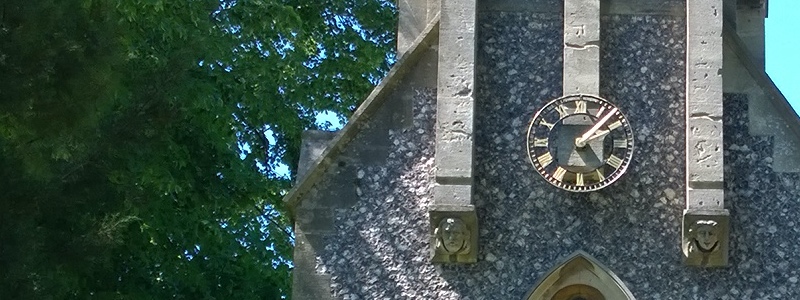
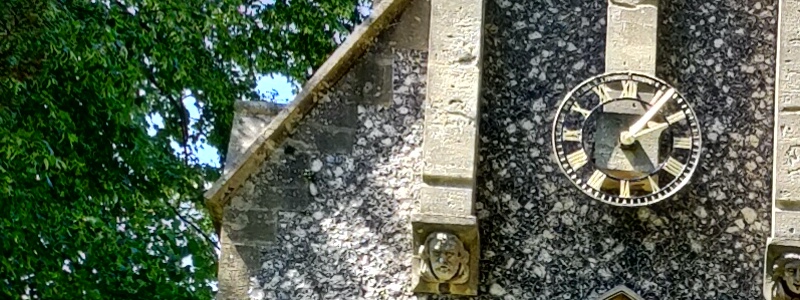
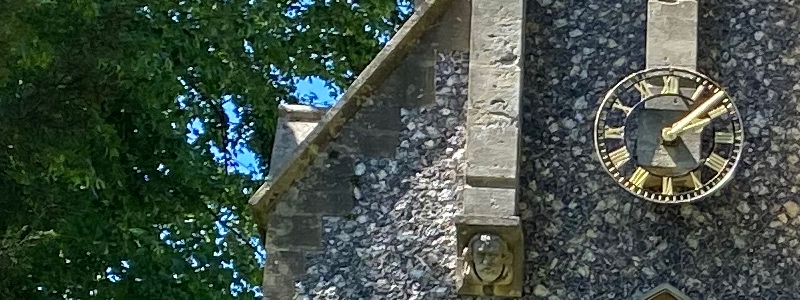
Although all three photos are fine as-is, they each have different characteristics. The Lumia 1020 opts for an ultra-pure, ultra-natural look, but its default output resolution of 5MP is now looking a little low. While the Find X2 Pro's excessive edge enhancement doesn't make as much of a hash of things as it does in other scenes in other articles - the random stonework even works well. But it's the iPhone 11 Pro which treads an excellent middle ground, preserving more genuine detail while also appearing 'real'. If you want specific details to focus in on, look at the leaves in the tree, look at the Roman Numeral VII on the clock face.
Lumia 1020: 9 pts; Find X2 Pro: 8 pts; iPhone 11 Pro: 10 pts
Test 2: Sunny landscape, 2x zoomed
The same scene then, but zoomed to x2 (so maximum PureView smart-cropped on the 5MP Lumia 1020, also smart-cropped on the Find X2 Pro 48MP sensor, and using the 2x telephoto on the iPhone). Here are the original image files from the Lumia 1020, the OPPO Find X2 Pro, and the iPhone 11 Pro. And, in the same order, central 1:1 crops from each:
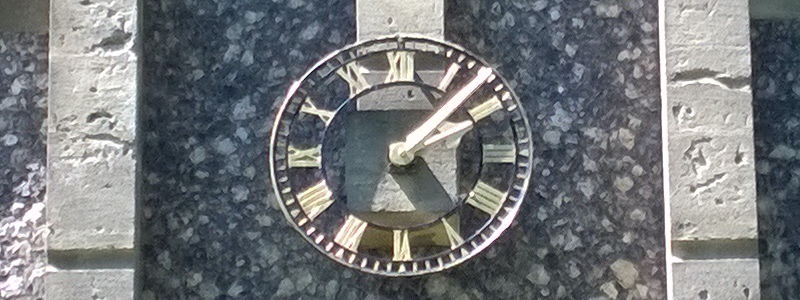
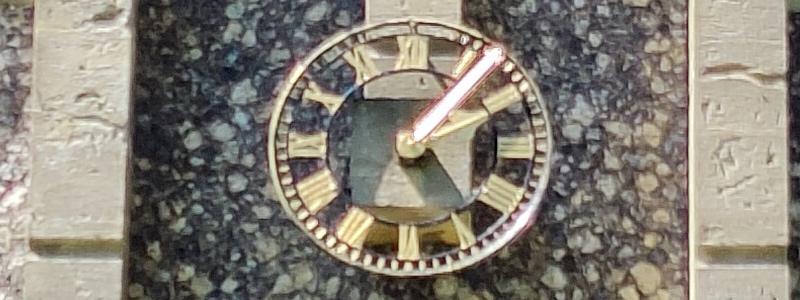
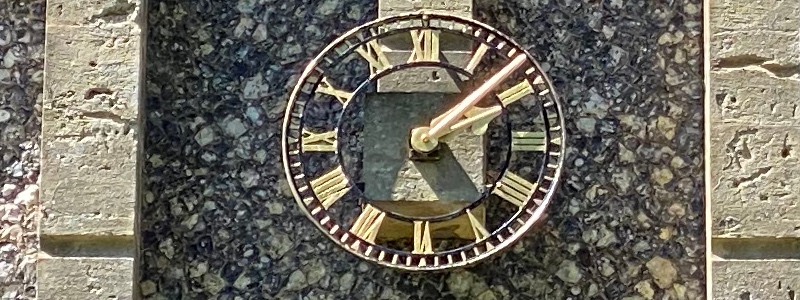
There is - again - a clear hierarchy here. The Lumia 1020 shows how it's possible to smart-crop into a 40+MP RGB sensor and keep things acceptable, but the Find X2 Pro has a Quad-Beyer sensor, meaning that once you smart crop into it, details and colours will be less distinct. As you can see for yourself. The Find X2 Pro tries to cover up this behaviour with its usual barrage of edge enhancement routines, but when you know what specific details are supposed to be (such as figures on a lock face) then this fudging is rather obvious.
In contrast, as perhaps you'd expect, the genuine 2x telephoto camera on the iPhone 11 Pro produces crystal clear details and it's a clear winner here.
Lumia 1020: 7 pts; Find X2 Pro: 5 pts; iPhone 11 Pro: 10 pts
Test 3: Sunny landscape, 5x zoomed
The same scene again, but zoomed to x5 (obviously impossible on the 1020, so I've included the existing 2x shot to keep a comparison going). Here are the original image files from the Lumia 1020, the OPPO Find X2 Pro, and the iPhone 11 Pro. And, in the same order, central 1:1 crops from each:


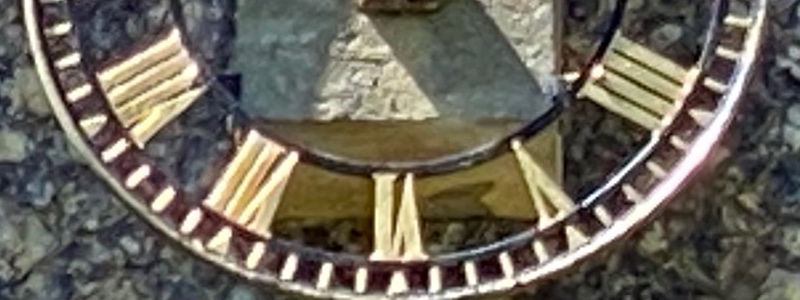
At last the OPPO Find X2 Pro pulls ahead then, by virtue of its 5x periscope telephoto lens. I should point out that all the way up to 4.9x the zoom is somewhat/very woolly, but you can't knock the 5x result here, which is crystal clear. The software zoom on the iPhone 11 Pro is some way behind, despite starting from a 2x telephoto base. If the Lumia 1020's UI had allowed for some software zoom then I'd expect similar results, but I'm also fully behind the UI not allowing this, since software/digital zoom can never add extra detail, it's just 'faking it'!
Lumia 1020: 5 pts; Find X2 Pro: 9 pts; iPhone 11 Pro: 7 pts
Test 4: Zoom, zoom again!
A distant building and sign, around 400m away. Here's the scene, as shot from the iPhone 11 Pro:
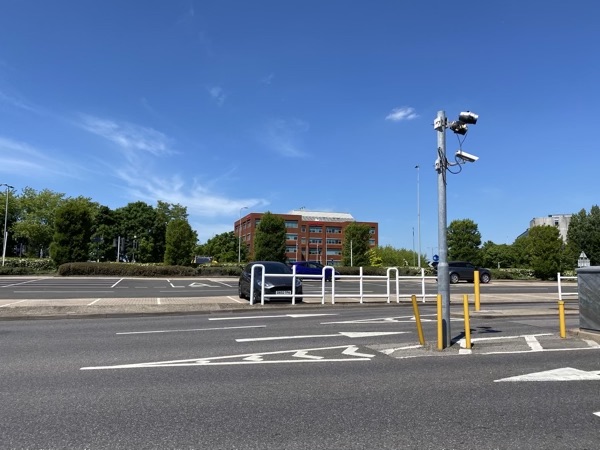
And here are the original image files from the Lumia 1020, the OPPO Find X2 Pro, and the iPhone 11 Pro. And, in the same order, central 1:1 crops from each:



Even though the lower default output resolution makes the 'Honeywell' logo harder to make out, the Lumia 1020 image is generally so much more natural - just look at the trees. By comparison both the iPhone and Find X2 Pro images look like photocopies down at the pixel level here. See also the grooves in the roof section, which are perfect on the Lumia but which show interference patterns on the other two devices. Possibly due to simple maths and the resolutions involved, but I also think that algorithms have something to do with this.
The Find X2 Pro tries hard to go further and bring out some of the detail at the brick level, but this is inconsistent and - having worked in the building myself 35 years ago(!) - I know that the bricks aren't that prominent and that you shouldn't really be able to see mortar lines at this distance without zooming. The iPhone image is odd in that it gets the building colour wrong - it's slightly too dark, too brown.
Lumia 1020: 9 pts; Find X2 Pro: 7 pts; iPhone 11 Pro: 7 pts
Test 5: Honeywell times 2
The same scene but this time at 2x zoom. Here are the original image files from the Lumia 1020, the OPPO Find X2 Pro, and the iPhone 11 Pro. And, in the same order, central 1:1 crops from each:



The Lumia 1020's photo looks less impressive without the PureView oversampling, but puts up a good attempt for a 2013 phone camera. Thankfully the zigzag fringing is gone from the Find X2 Pro and iPhone 11 Pro shots and, at 2x zoom, both are now attempting to show some brick detail. The colour's not quite right, still, on the iPhone, but it does produce more believable tree detail (leaves) plus the jagged roof edge is reproduced successfully, while the Find X2 Pro's edge enhancement works at about the same crude detail level as the jagged roof, plus we're down at the level of individual sub-pixels in the Quad Bayer matrix, so it completely loses this roof feature. Shame.
Lumia 1020: 7 pts; Find X2 Pro: 8 pts; iPhone 11 Pro: 9 pts
Test 6: Honeywell times 5
The same scene but this time at 5x zoom. Here are the original image files from the Lumia 1020, the OPPO Find X2 Pro, and the iPhone 11 Pro. And, in the same order, central 1:1 crops from each (and, just for fun, I upsampled the 1020's max zoom shot rather than including the original 2.5x or so 5MP photo):



As before, once we get beyond 2x, 3x, and 4x zoom, to hit the magic 5x zoom then the Find X2 Pro's periscope telephoto kicks in and the photo here is stunningly detailed. And yes, you really can see every brick now! The iPhone 11 Pro isn't far ahead of the Lumia 1020 here, as you'd expect from 2x optical zoom and 3x 'made up', just as my upsampled crop attempted.
Lumia 1020: 5 pts; Find X2 Pro: 9 pts; iPhone 11 Pro: 6 pts
Test 7: Sunny close-up
Looking in particular at dynamic range and colour handling. Here's the scene, as shot from the iPhone 11 Pro:

And here are the original image files from the Lumia 1020, the OPPO Find X2 Pro, and the iPhone 11 Pro. And, in the same order, central 1:1 crops from scaled versions of each (since true 1:1 would be just too close to see what's going on in this case):
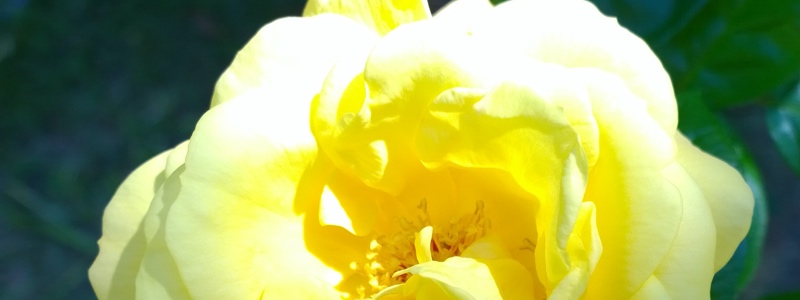
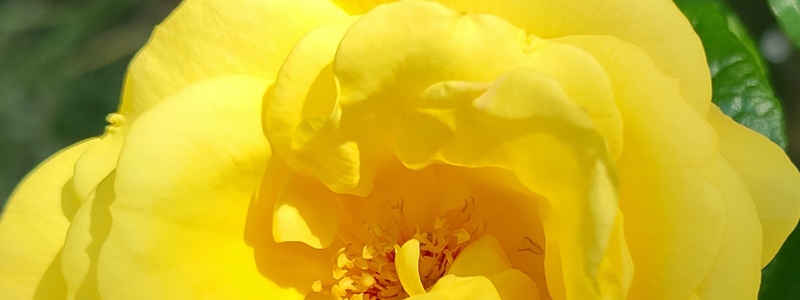

A narrow winner here - the Find X2 Pro, despite its sharpening, produces an eye-popping effective shot here, with plenty of drama. Just behind, the iPhone 11 Pro shows the real size of finer flower elements and with believable contrast. Both excellent photos anyway, while the Lumia 1020 just can't cope with the reflected sunlight on the petals and its single exposure limitation precludes any kind of HDR, which we otherwise take for granted in 2020. Disappointing, but then technology (or at least chipset speed) marches on... Hey ho.
Lumia 1020: 6 pts; Find X2 Pro: 10 pts; iPhone 11 Pro: 9 pts
Test 8: Shady seed
In the shade with plenty of detail, but with bright reflected sun from the garden behind me. Here's the scene, as shot from the Lumia 1020:
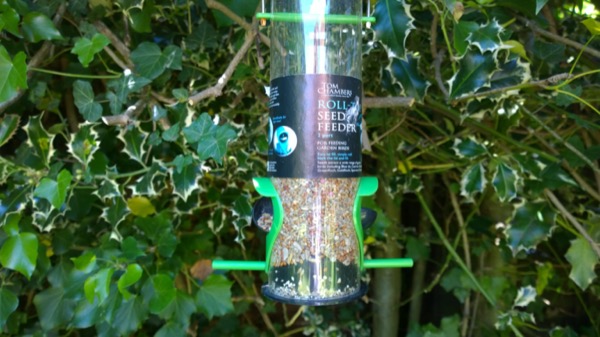
And here are the original image files from the Lumia 1020, the OPPO Find X2 Pro, and the iPhone 11 Pro. And, in the same order, central 1:1 crops from each:
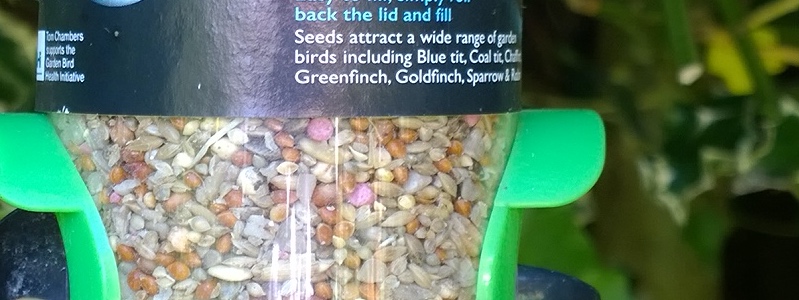

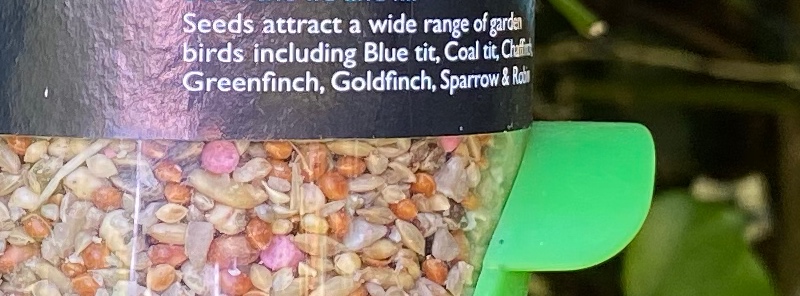
The seeds do look more dessicated and less tasty in the Find X2 Pro shot, with black borders where there really aren't any! And look at the text, which OPPO's image processing edge enhances to look chunkier and bolder than it should be. Some letters even get merged with those adjacent. I realise this is me being picky, but a font which is shot as too thick here could equally be your partner's lips or nose or glasses. There's simply too much sharpening and too much edge enhancement, it's ruining the shots at the pixel level.
Although it's tempting to issue a slight win for the iPhone then, if only because of higher resolution, it should be noted that it's trivial to zoom in by 20% or so on the 1020 (even after the fact with the Reframe feature) to get similar detail and equally pure.
Lumia 1020: 9 pts; Find X2 Pro: 7 pts; iPhone 11 Pro: 9 pts
Test 9: Dusky zoom
A tricky shot, of a dark clock face against a post-sunset sky. Here's the scene, as shot from the iPhone 11 Pro:

Now, not messing around, I zoomed to 2x or so straight away on each phone. And here are the original zoomed image files from the Lumia 1020, the OPPO Find X2 Pro, and the iPhone 11 Pro. And, in the same order, central 1:1 crops :
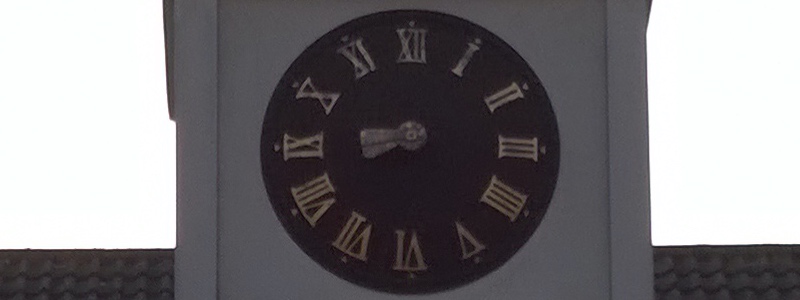
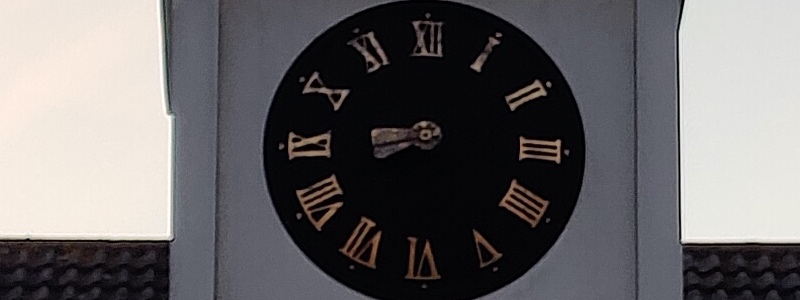

In theory the Lumia 1020 and iPhone 11 Pro should tie for the win here, since they both claim true lossless RBG zoom (in differing ways). But the much newer sensor and extra processing power on the iPhone wins the day, with the OPPO Find X2 Pro in third place with the usual Quad-Bayer software zoom attempt, i.e. not very successful you can see the uncertainty down at the pixel level for yourself on the clock's Roman numerals.
Lumia 1020: 8 pts; Find X2 Pro: 7 pts; iPhone 11 Pro: 9 pts
Test 10: Dead of night
The churchyard with almost no light - just some duskiness in the sky, the lit-up door, and a very weak street lamp behind me. Here's the scene, as snapped by the Lumia 1020, itself showing more light than there seemed to my eyes:
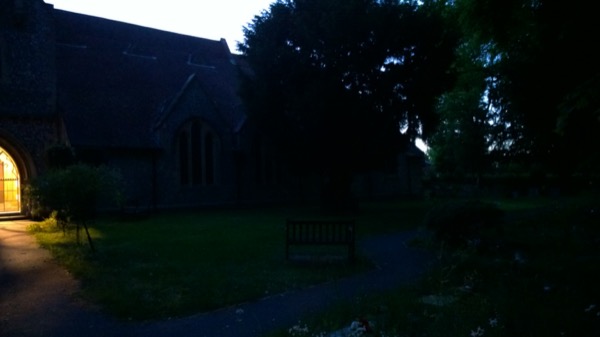
And here are the original image files from the Lumia 1020 (which I took up to 0.5s exposure manually), the OPPO Find X2 Pro (here turning on night mode and seeing a decent result for once), and the iPhone 11 Pro (in its automatic 'Night' mode whenever light levels are low enough). And, in the same order, central 1:1 crops:
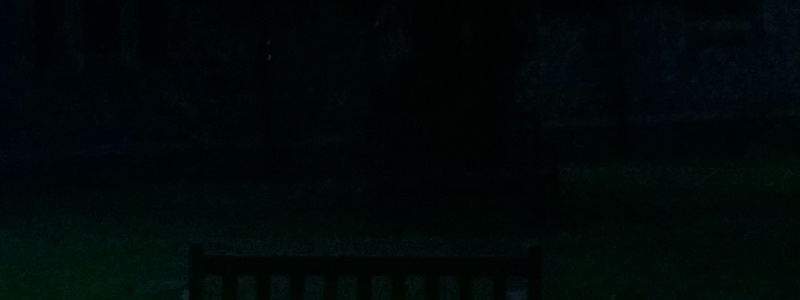
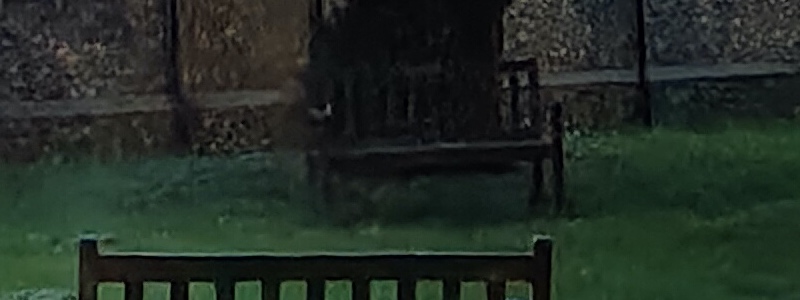
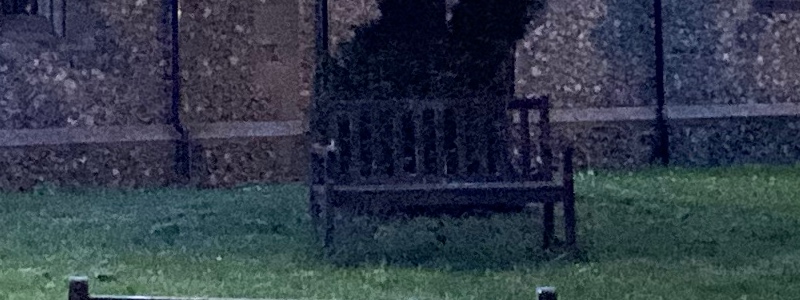
The two Night modes do very well here - the photos are sombre and you can tell it's not day, yet you still see most details - including (here) a second bench by the church wall, one that's invisible in the darkness to the 1020 and to my eyes! The iPhone 11 Pro does best here in terms of actual detail - you can make out all the slats in the bench back, and even some texture in the grass, while everything's a bit of a mush on the X2 Pro, thanks to noise reduction routines.
And I'm not penalising the 1020 too much - after all, it snapped more or less what I could see in real life!
Lumia 1020: 6 pts; Find X2 Pro: 8 pts; iPhone 11 Pro: 9 pts
Test 11: Graveyard mischief
OK, forget accuracy and mood, what if we try and turn night into day? With flash enabled, with long exposure tricks as well, but staying handheld. Here's the scene, mocked up as it was to my eyes. There are two graves ahead and to the right, with some roses to the left:

And here are the original image files from the Lumia 1020 (which used its Xenon flash), the OPPO Find X2 Pro (I tried the auto and night modes, this was auto, with twin LED flash), and the iPhone 11 Pro (which automatically goes into its 3s Night mode). And, in the same order, central 1:1 crops:

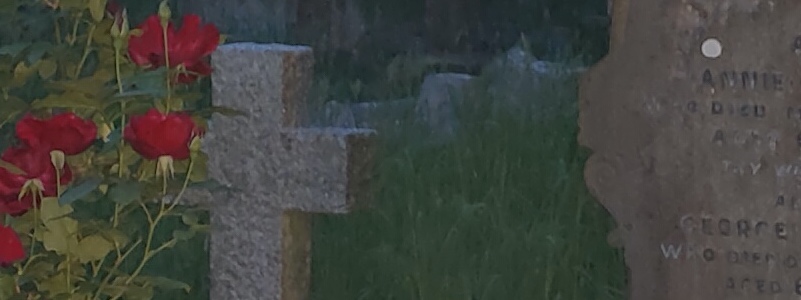

It's all a bit of fun really, since none of them looked remotely like reality! The Lumia 1020's Xenon flash did well to bring out the red roses and most of the text on the gravestone, but not much beyond a 2m distance. The OPPO phone's LED flash is a bit weedy, which is why even the large sensor and modern processing can't really produce a decent photo, at least compared to the other two contenders here. The iPhone 11 Pro astonished me with its fully automatic, fully handheld result. I could almost have taken that photo on an overcast day, in broad daylight. Quite astonishing to pull this from almost complete darkness.
Lumia 1020: 8 pts; Find X2 Pro: 6 pts; iPhone 11 Pro: 10 pts
Verdict
Adding up the scores gives us an idea of a relative ranking in all this, across all test scenes and subjects:
- Apple iPhone 11 Pro: 95 pts (/110)
- OPPO Find X2 Pro: 84 pts
- Lumia 1020: 79 pts
I think a 2013 camera phone does pretty well to be fighting in this 2020 league at all, and the 1020's strengths and weaknesses are well known - decent 2x zoom and ultra-pure, ultra natural shots in most light conditions. The iPhone 11 Pro has been around for over six months and is well known - its imaging hardware is good without being 'monster' but its software routines, from HDR multi-exposures to night mode, from texture recognition and processing optimisations, are what make it top of the pile. Again.
The new OPPO Find X2 Pro then? It disappoints for anything involving the main lens and only really shines when the 5x periscope is employed. The problem is that most of the time users will be on the main lens and nudging it to 2x or even 3x zoom. But you have to be shooting wild-life or similar to ever really need 5x, and this is a problem. Unzoomed, the edge enhancement is nigh on offensive, then gentle zoom factors produce softer and softer and more indistinct results. Much of this is fixable in software if OPPO has the skill and will to do something about it. I'm not holding my breath but I wish the company well.
But in the meantime, imaging on this £1000+ phone is as disappointing as that on other over-priced shooters, including the entire Samsung Galaxy S20 range. If you don't want the iPhone but do want more restrained image processing then I'd recommend the OnePlus 8 Pro, featured here.
